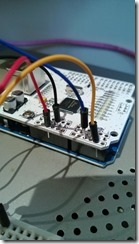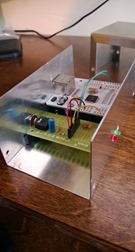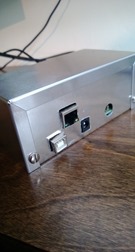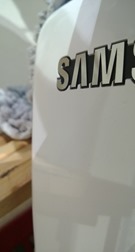I’ve ticked one more thing off my list of nerdy things I’ve been wanting to try: building speakers. Admittedly, I didn’t do the full building experience this time, choosing instead to start with an existing set of speaker cabinets and upgrading them. It was a great way to start learning about the hobby.
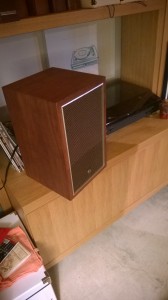
This project moved from the “someday” to “now” project list when Paula and I came across a pair of retro-looking bookshelf speakers at Goodwill. The speakers weren’t high quality and they could have been blown out for all I knew, but they looked kind of cool and the price was right. At under $20 they were less than wood and speaker grill cloth to build my own cabinets, so we picked them up and headed home to try them out. I was pleased to find out that my newly purchased speakers were completely blown.
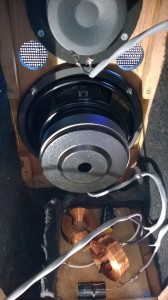
With the help of the staff at Parts Express I selected appropriately sized drivers (the round speaker bits to us humans) and crossovers (the electronics that split high and low frequencies) for my old cabinets. When I went to buy the crossovers I was pleasantly surprised to find they would be out of stock until mid-May. Yes, pleasantly surprised because that meant I would also get to build my own crossovers.
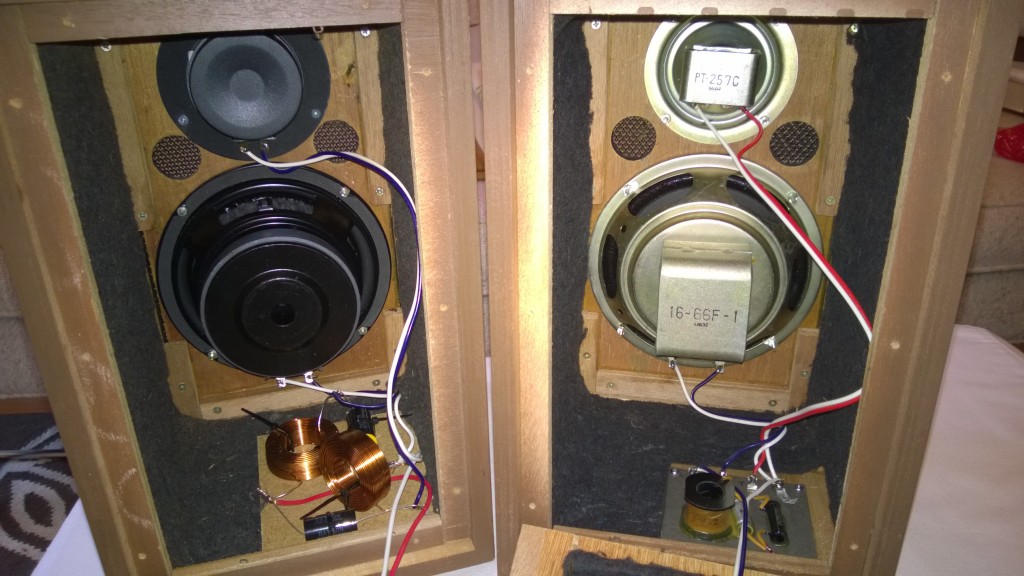
Now, all that remains is to sit back and turn on some music.
